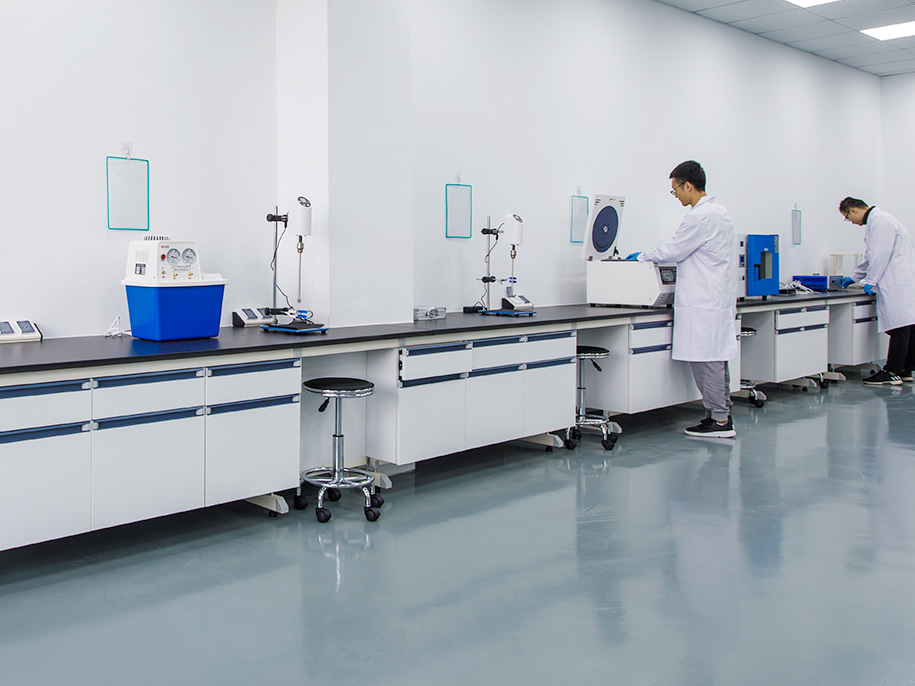Graphite Continuous Casting Industry
The graphite continuous casting industry plays a crucial role in various sectors by enabling the efficient and cost-effective production of high-quality metal products. Graphite continuous casting molds are essential in the process, offering numerous advantages due to the unique properties of graphite. This article provides an in-depth look at the graphite continuous casting industry, including its significance, applications, advantages, challenges, and future trends.
Introduction
Continuous casting is a process used to solidify molten metal into a semi-finished billet, bloom, or slab for subsequent rolling in the finishing mills. Graphite molds are widely used in this process due to their excellent thermal conductivity, machinability, and resistance to thermal shock. The graphite continuous casting industry supports various sectors, including automotive, aerospace, electronics, and construction, by providing high-quality metal products with improved mechanical properties and surface finish.
Significance of Graphite in Continuous Casting
Graphite is a form of carbon with a crystalline structure that imparts several desirable properties for continuous casting molds:
- High Thermal Conductivity: Graphite efficiently transfers heat, allowing rapid and uniform cooling of the molten metal, which is crucial for achieving fine-grained and defect-free castings.
- Low Thermal Expansion: Graphite’s low thermal expansion minimizes the risk of mold cracking and distortion under high-temperature conditions.
- Good Lubricity: Graphite’s natural lubricating properties reduce friction between the mold and the solidifying metal, improving surface finish and reducing wear on the mold.
- High Purity: High-purity graphite minimizes contamination of the cast metal, ensuring superior quality and performance.
Applications of Graphite Continuous Casting
Graphite continuous casting molds are used in producing various metal products, including:
1. Copper and Copper Alloys
Application: Production of rods, tubes, and strips.
Benefits: High thermal conductivity of graphite ensures uniform cooling, leading to fine-grained microstructures and enhanced mechanical properties.
2. Aluminum and Aluminum Alloys
Application: Manufacturing of billets and ingots for extrusion and rolling.
Benefits: Graphite molds facilitate smooth casting surfaces and reduced oxide formation, improving product quality.
3. Precious Metals
Application: Casting of gold, silver, and platinum in jewelry and electronic components.
Benefits: High-purity graphite prevents contamination, maintaining the value and properties of precious metals.
4. Steel and Iron
Application: Continuous casting of billets, blooms, and slabs for further processing in steel mills.
Benefits: Graphite’s high thermal conductivity and low thermal expansion contribute to the production of high-quality steel with minimal defects.
Advantages of Graphite Continuous Casting
1. Improved Product Quality
Graphite molds provide excellent thermal management, resulting in uniform cooling rates and fine-grained microstructures. This leads to improved mechanical properties and surface finish of the cast products.
2. Cost-Effectiveness
The durability and machinability of graphite allow for the production of intricate mold designs with high precision. The long service life of graphite molds reduces the need for frequent replacements, lowering overall production costs.
3. Enhanced Production Efficiency
Continuous casting with graphite molds enables high production rates and consistent quality, reducing downtime and increasing throughput. The process is well-suited for automated manufacturing, further enhancing efficiency.
4. Versatility
Graphite molds can be used for casting a wide range of metals and alloys, making them a versatile choice for various industries. Their adaptability to different casting conditions and requirements adds to their appeal.
Challenges in the Graphite Continuous Casting Industry
1. Material Costs
High-quality graphite is relatively expensive, impacting the initial investment for mold production. However, the long-term benefits often outweigh the initial costs.
2. Wear and Tear
Despite graphite’s durability, continuous exposure to high temperatures and abrasive conditions can lead to wear and tear. Regular maintenance and replacement are necessary to ensure consistent quality.
3. Contamination Control
Maintaining the purity of graphite molds is crucial to prevent contamination of the cast metal. This requires stringent quality control measures during mold production and handling.
4. Technological Advancements
The industry must continuously innovate to keep up with evolving technologies and materials. Research and development are essential to improve graphite mold performance and adapt to new casting techniques.
Future Trends in the Graphite Continuous Casting Industry
1. Advanced Graphite Materials
Research is ongoing to develop advanced graphite materials with enhanced properties, such as higher thermal conductivity, improved wear resistance, and reduced porosity. These advancements will further enhance the performance and lifespan of graphite molds.
2. Additive Manufacturing
The adoption of additive manufacturing techniques, such as 3D printing, for producing graphite molds is gaining traction. This allows for complex mold designs and rapid prototyping, reducing lead times and costs.
3. Automation and Industry 4.0
The integration of automation and Industry 4.0 technologies into continuous casting processes is expected to improve efficiency, reduce human error, and enhance quality control. Smart sensors and data analytics will enable real-time monitoring and optimization of the casting process.
4. Sustainable Practices
The industry is increasingly focusing on sustainable practices, including recycling of graphite materials and reducing energy consumption during mold production and casting processes. These efforts align with global trends towards environmentally friendly manufacturing.
Conclusion
The graphite continuous casting industry plays a pivotal role in producing high-quality metal products for various applications. The unique properties of graphite make it an ideal material for continuous casting molds, offering numerous advantages in terms of product quality, cost-effectiveness, and production efficiency. Despite challenges such as material costs and wear, ongoing advancements in graphite materials, additive manufacturing, automation, and sustainability are set to drive the industry forward. By leveraging these trends, the graphite continuous casting industry will continue to innovate and meet the evolving needs of modern manufacturing.

